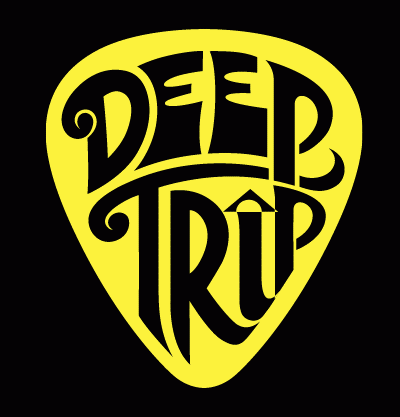KRYPTONE v3
US$219 / R$1099
(se você mora no Brasil, por favor compre aqui: https://deeptrip.lojaintegrada.com.br/kryptone )
- a heart full of 60's fuzz soul and psychedelic tonebender sounds
- texture, hmmm, texture! crunch and sizzle you can feel in your hands.
- super organic dynamics, even when it’s not first in your chain.
- tight lows, pointy treble, tasty midrange!
The Kryptone is designed to recreate British rock and blues guitar tones from the 1960’s and early 1970’s, based on the first generation of the Vox Tonebender (the “Italian Tonebender”), but bringing it to the 21st century: it’s compatible with any instrument, amplifier or pedal, can be put anywhere in your signal chain, plugged to any standard 9V DC power supply and is versatile enough to go from fuzz to overdrive, and even a clean booster!
>> KRYPTONE V3 PLAYLIST ON YOUTUBE <<
There’s a certain quality about some 60’s and early 70’s guitar tones that seem to be rather exclusive of that psychadelic era. If you hear Mick Ronson on Bowie’s Ziggy Stardust era (live in “Santa Monica ‘72” is great), Pink Floyd at The Piper at the Gates of Dawn or British blues masterpieces by The Yardbirds, Cream, Faces, Stones and so on, those searing and cutting guitar tones sound like they could rip one’s ear apart from his head! The funny thing: they don’t, and they sound great! Remember when some mop-topped kids met Dylan, grass, acid and grew up to change music forever?
From their rubber souls straight to the lonely hearts club, this is it. After all these years, it’s getting hard to hear that kind of tone again. Where is it? Well, now it’s here with all the power you ever wanted.
The Kryptone v3 comes from many years of continuous study and development (since 2007) over a core of first generation Vox Tonebender from mid sixties, a kind of tighter, brighter and more textured fuzz face, one of the classic fuzz pedals that defined rock. But instead of being limited to capturing its beautiful vintage soul (by the study of original units for reference) using modern reliable electronics and none of the problems of its predecessors, it also opens a huge landscape of vibrant fuzzy wonders that go much beyond those vintage fuzzes we love.
Unlike the 1960's fuzz boxes, the Kryptone works with your typical 9V DC power supply as well as with a 9V battery, performs great with a wah-wah, can go anywhere in your signal chain without fighting with buffers or any other pedal and can adapt to any amplifier, vintage or new, without radical performance changes.


